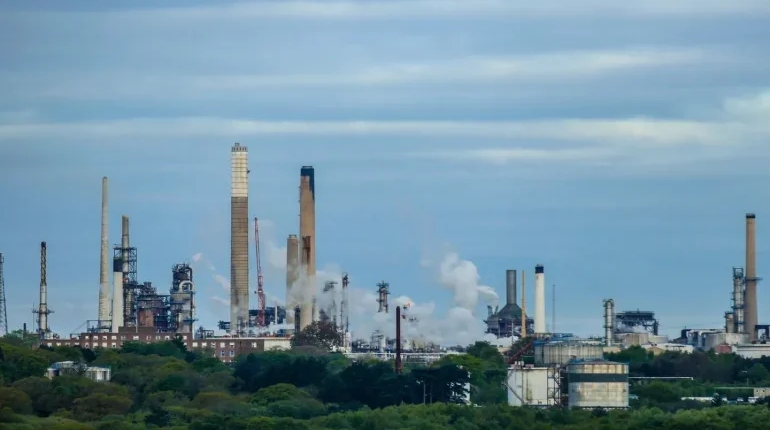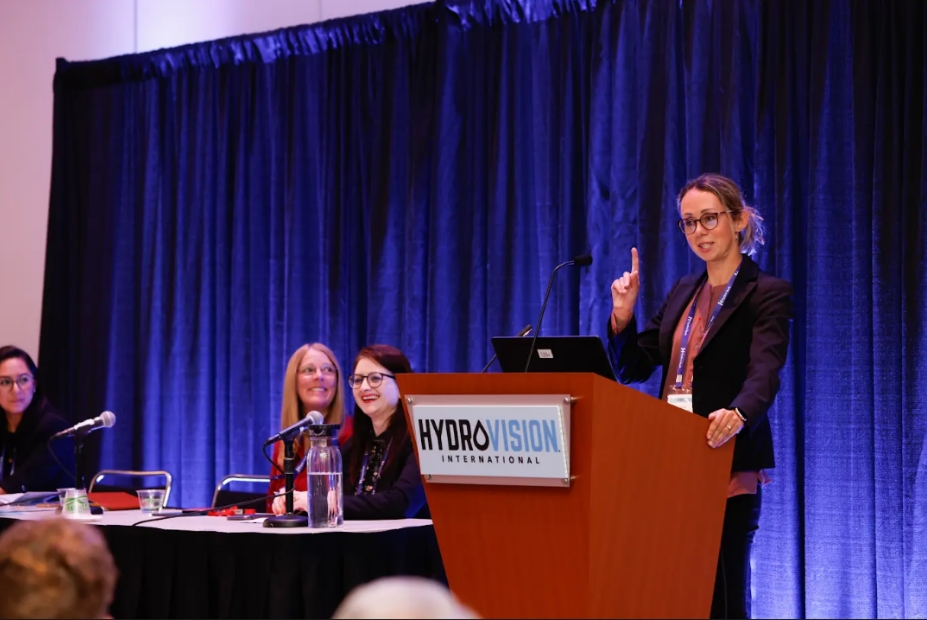
The project, to be located at the grounds of the Nakusp Secondary School, will also be a “living science lab” for the students.
The OFHC is a volunteer organization that is dedicated to restoring the agricultural sector in Nakusp and promoting self-sufficient food production. The group has already successfully established a commercial kitchen, rental service for garden equipment, farmers’ and crafter’s markets, and an agricultural and food hub. A geothermal greenhouse fits perfectly into the group’s vision.
“If we can provide fresh lettuce in December, then we’ve accomplished what we want with this project,” said Rosemary Hughes, a member of the OFHC’s board of directors.
Working with the OFHC on this project is the School District 10, a charitable organization that is accepting donations on behalf of OHFC.
In many countries, geothermal greenhouses have provided local food security, as well as social, cultural, and economic opportunities for underserved communities. The large-scale geothermal power project of DEEP in Saskatchewan had recently announced a partnership with fresh produce company Oppy for a geothermal greenhouse project.
Details of the geothermal greenhouse
The geothermal greenhouse will be 100 feet long by 17 feet wide. Subsurface heat will be harnessed by pipes built eight feet into the ground. The greenhouse will also have a ‘rocket stove’ for backup heat if necessary.
A Nebraska-based company, Greenhouse in the Snow, will be supplying all the necessary hardware for the greenhouse. The collective then aims to mobilize community volunteers to put the greenhouse together.
The project is expected to cost around $170,000. This includes the costs of the greenhouse and the underground pipes, as well as ground excavation, fencing, and establishing the community garden. The collective has been able to secure a $100,000 grant from United Way which went towards the deposit for the greenhouse equipment.
The project has also received support from local businesses and restaurants, with many expressing interest to purchasing the produce grown in the greenhouse. However, the primary goal is food security for the community. “The first priority is to have enough income to pay people to take care of the greenhouse. The next priority is the vulnerable population having access to food,” said Hughes.
Although there is plenty of work that still needs to be done, including securing the development and building permits, the geothermal greenhouse project has created great excitement in the community. “There’s lots to do before it’s in the ground. But we keep the faith and keep on working,” concluded Hughes.







